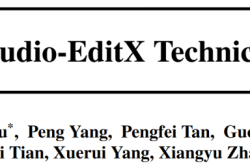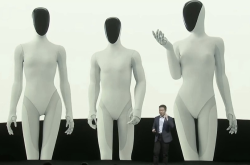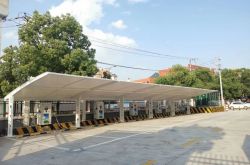Reaching a 60% Penetration Rate: Can China’s New Energy Vehicles Shift from Expanding Scale to Competing on Value?
![]() 11/07 2025
11/07 2025
![]() 475
475
Preliminary data released by the China Passenger Car Association (CPCA) for October 2025 projects that domestic new energy vehicle (NEV) retail sales will hit approximately 1.32 million units, with the retail penetration rate expected to surpass 60% for the first time (final figures await official confirmation in November). This milestone already places NEVs ahead of internal combustion engine vehicles (ICEVs).
This figure is far more than just a statistical milestone. According to the National Energy Administration, China had 18.063 million charging piles as of September 2025 (a 54.5% year-on-year increase). Meanwhile, a Q3 2025 survey by the China Association of Automobile Manufacturers (CAAM) found that over 80% of consumers recognize the comprehensive advantages of domestic NEVs. Together, these facts highlight a core reality: China’s NEVs have transitioned qualitatively from being "policy-dependent" to achieving "market-driven endogenous growth," officially entering a new phase centered on value competition.
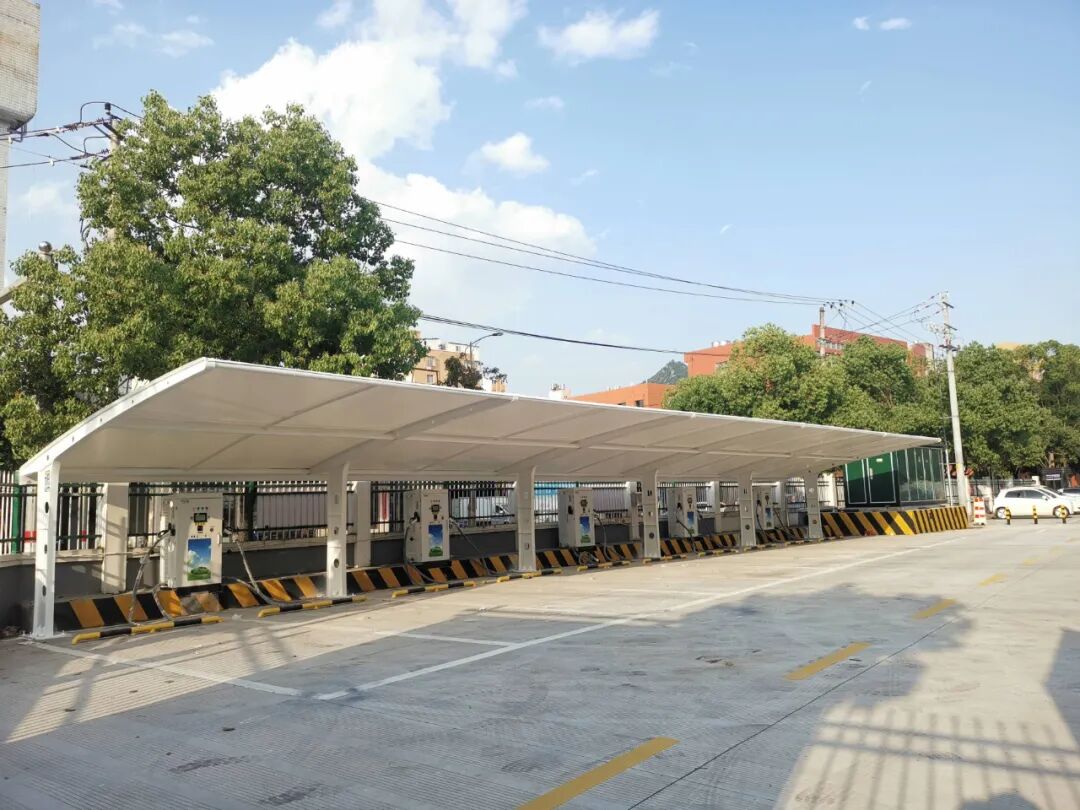
Market analysts argue that while the 60% penetration rate signals successful scale expansion, the landscape of value competition remains largely unexplored.
Yidian Information contends that the focus on penetration rates obscures the industry’s reality of being "large but weak." Severe product homogenization, insufficient technological advantages, and low profitability have trapped China’s NEVs in a cycle of "scale expansion → price wars → value stagnation."
Breaking Through Penetration Barriers: Triple Certainties Eliminate Consumer Concerns
The achievement of a 60% penetration rate is primarily driven by the combined effects of policy, technological, and market certainties, which have resolved core uncertainties that previously constrained consumer decisions.
Stable policy expectations have played a crucial supporting role. Earlier consumer hesitancy toward NEVs largely stemmed from policy uncertainties, such as subsidy reductions and changes to purchase tax incentives. A Q3 2025 CAAM survey revealed that over 70% of consumers admitted that policy stability influences their purchasing decisions, with nearly half opting to delay purchases.
This year, the implementation of trade-in policies (Ministry of Commerce data: policy-driven NEV retail sales grew 24.4% year-on-year through October), coupled with the CAAM’s October 25 proposal for a phased withdrawal of vehicle purchase taxes (3% in 2026, 7% in 2027), has created a clear policy transition path. This has reassured consumers in regions like Jilin (offering RMB 20,000 in NEV subsidies) and Shanghai (allocating subsidy eligibility through lotteries), enabling them to confidently enter the market.
This "gradual phase-out" approach avoids market shocks while shifting consumer decision-making from "policy-driven" to "product-driven."
Technological advancements have addressed the most critical pain points. Relief from charging anxiety is particularly evident: as of September, China had 4.476 million public charging piles, with average power output rising to 44.36 kW. Technological breakthroughs, such as the Mercedes-Benz EQE SUV’s "10-minute charge for 250 km range" and the Fangchengbao Leopard 5’s "1,310 km combined range," have gradually restored confidence among owners who previously faced charging queues during long-distance travel.
The widespread availability of intelligent features is equally crucial. The Buick Envista L7, priced at RMB 170,000, includes Level 2 autonomous driving as standard and offers high-level NOA (Navigate on Autopilot) as an optional upgrade. This allows nearly half of intelligence-focused consumers to avoid overpaying for basic smart driving features, directly driving consumption conversion in the mainstream market.
Comprehensive product coverage has solidified market penetration. Unlike the earlier gap between "high-end or low-end" offerings, today’s NEV market spans a complete price spectrum: BYD promotes models like the ATTO 3 in Japan, while GAC targets Southeast Asian youth with the AION UT, complementing luxury vehicles like the Porsche Macan GTS Electric. This aligns with consumer demand—CPCA surveys show that 45% of buyers have budgets between RMB 110,000–200,000, while 20% spend under RMB 100,000. Full-spectrum product layouts have made NEVs accessible to ordinary households.
Industry Evolution: A Tale of Two Realities Amid Structural Reshaping
The 60% penetration rate acts as a prism, reflecting intense industrial differentiation while fostering a new competitive ecosystem. The ICEV market is undergoing irreversible contraction. A September 2025 report by the China Automobile Dealers Association revealed that 54.8% of ICEV dealers failed to meet sales expectations, with inventory coefficients rising to 1.8 (alert level: 1.5). Some joint-venture brands struggle to break free from "price-for-volume" traps.
This contraction is not merely a sales decline but a fundamental shift in consumer mindset. As the primary consumer demographic (aged 26–45, per CPCA demographics) adopts an evaluation framework of "safety as foundation, cost as metric, and experience as guideline," ICEVs’ weaknesses in energy efficiency costs (CAAM: over 70% of consumers recognize NEV cost advantages) and intelligence become increasingly apparent.
Against this backdrop, leading firms like GAC and Changan are accelerating "dual-track" (ICEV + NEV) transitions, while weaker brands have begun exiting ICEV R&D, deepening industry consolidation.
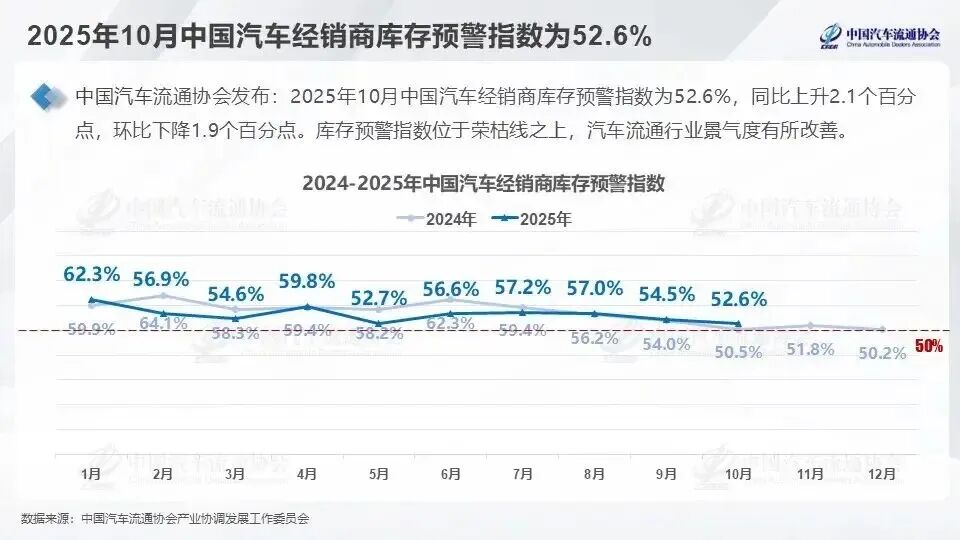
Chinese automakers’ globalization has achieved dimensional upgrades. Unlike earlier "product exports," today’s globalization emphasizes "technology exports" and "scenario localization": WeRide and Uber’s Robotaxi launch in Riyadh, Saudi Arabia, brings Chinese autonomous driving technology to the Middle East’s smart mobility market; CATL and Easy Control Intelligent Driving’s electric mining trucks (2,000 units deployed across high-altitude, cold-region mines in China) extend NEV solutions to heavy industry.
This "technology + scenario" export model, combined with BYD and GAC’s localized R&D strategies, is rewriting global automotive competition rules. CAAM data shows that China’s global NEV market share rose further in January–August 2025 compared to the 2024 full-year figure (30%).
Collaborative evolution across the supply chain holds deeper significance. GAC and CATL’s joint "Power Battery Recycling Cooperation Platform" (announced by both parties) explores "cascading utilization + recycling" models, directly addressing consumer battery recycling concerns. Tech firms like Huawei and Horizon Robotics are deeply integrated into intelligent driving, forming "hardware + software" ecosystems with automakers.
More critically, the maturation of the power battery recycling system—283,000 tons recycled in 2024 (MIIT data), with 18 national standards covering disassembly and regeneration—has not only reduced industrial costs but also provided actionable pathways for carbon peak and neutrality goals.
Hidden Concerns and Challenges in the Era of Value Competition
Surpassing 60% penetration is not an endpoint but the start of an industry transition from "wild growth" to "standardized development," with numerous underlying challenges emerging.
Product homogenization and value imbalance have become prominent contradictions. CPCA statistics show that 98 new NEV models were launched in January–September 2025, with some automakers trapped in a "specification arms race"—overemphasizing range and smart hardware quantity while neglecting "practicality," the true consumer priority.
CAAM surveys reveal that while over 65% of consumers prioritize range, only ~13% are willing to pay premiums for redundant intelligent features, exposing a mismatch between supply and demand.
More alarmingly, some firms have compromised safety margins to seize market share. In September 2025, a small EV model recalled due to faulty battery gasket installations (State Administration for Market Regulation recall notice No. 2025-174) sounded a quality control alarm.
Globalization faces multiple barriers. Despite technological advantages, Chinese NEV exports encounter escalating resistance: EU tariff barriers and U.S. market access restrictions caused China’s 2024 NEV export growth (22%, General Administration of Customs data) to lag behind ICEVs (25%).
The complexity of local adaptation is equally daunting. BYD optimized models for European markets by aligning with local charging standards and road regulations (BYD Europe statement), underscoring that globalization requires end-to-end local market integration rather than mere product transfers.
Safety and service gaps persist. Intelligent features pose growing safety risks: in 2024, the U.S. NHTSA investigated Tesla’s Autopilot for "phantom braking" issues (affecting 2 million vehicles, NHTSA notice ID: 24V-589), reflecting consumer trust crises in smart driving technologies. CAAM surveys show that only 36% of respondents "fully trust" or "somewhat trust" high-level autonomous driving.
Service deficiencies directly impact user experience: over 70% of consumers demand greater repair price transparency, while 65% call for faster service response times. Currently, only ~31% of owners purchase extended warranties (CPCA after-sales survey), indicating that automakers’ service systems lag behind market needs.
Yidian Commentary: After 60%, Reconstructing the "Value Competition" Benchmark
The 60% penetration milestone (CPCA October estimate) marks the end of China’s NEV "first half" (scale expansion) and the beginning of the "second half" (value competition). For consumers, this means car purchases will transition from "guinea pig trials" to reliable guarantees in safety, cost, and experience. For the industry, competition based on subsidies, low prices, and feature stacking is no longer sustainable.
Future success will hinge on three core dimensions: accurately meeting consumers’ fundamental needs of "safety as foundation, cost as metric, and experience as guideline," achieving a leap from "technology export" to "standard setting" in globalization, and constructing a full-chain value system covering R&D, production, and after-sales. Only when Chinese NEVs no longer need to prove themselves through "penetration rates" but instead define the global automotive industry’s new direction through "technological standards," "user reputation," and "ecosystem capabilities," will they truly complete the transformation from "large" to "strong." This, precisely, is the industry’s most anticipated future beyond the 60% milestone.

